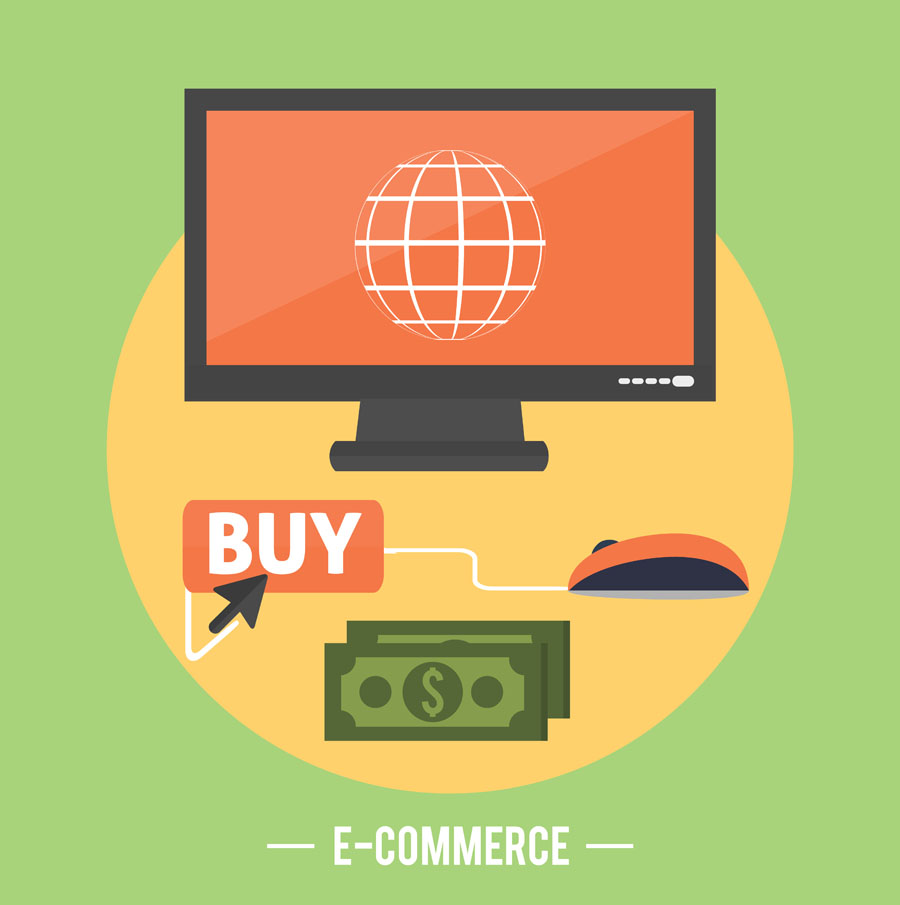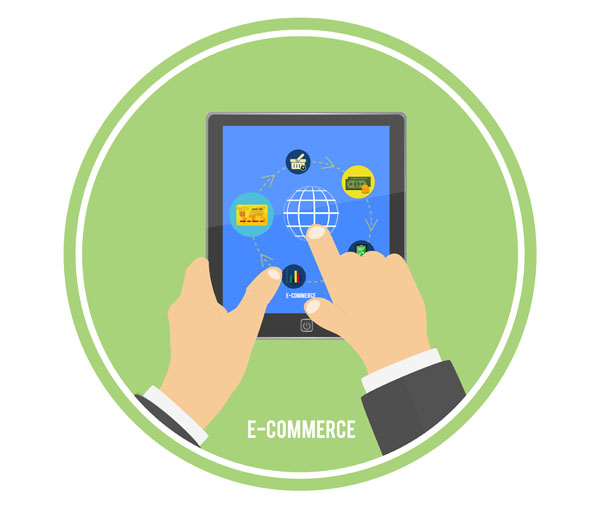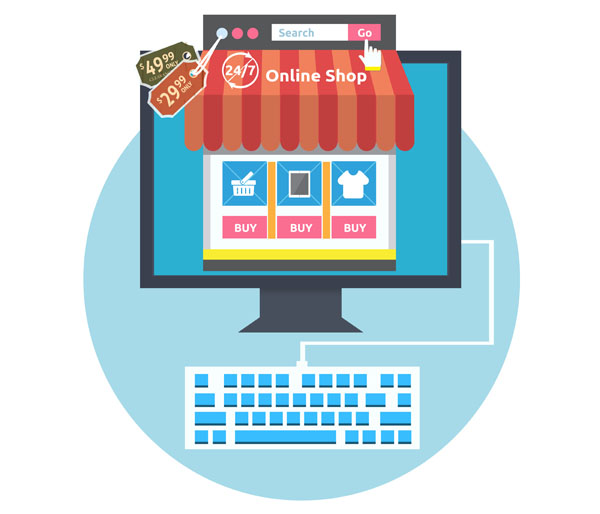
Building a Successful eCommerce Website: 5 Factors of Conversion
Starting an ecommerce site from scratch is no easy task. Certainly, there are so many issues related to product design and delivery, let alone website design and marketing strategies. Suffice to say, if you don’t have a large team and/or lavish budget, chances are you’ll have more worries about sorting out priorities, than actually building your online empire with the resources you have.
With a great variety of online tools it can be relatively easy to find and make use of free or relatively affordable resources that would help your ecommerce website shine.
Apart from choosing an appropriate domain name and web hosting package for your site, you also need to consider an e-commerce toolkit (payment gateways, security certificates) that would best serve your customers and integrate well with your site and CMS.
After the key decisions are made, there comes the time to bring your online shop to life. This means you need to make sure that every possible element serves a purpose of converting your customers by giving them insights into what you do and how good your products are.
1. Your website needs to be clear, predictable and visually appealing.
As opposed to a corporate website or blog, an ecommerce website usually has quite a straightforward goal – a visitor must buy something.
This makes it much easier to optimize the sales funnel, i.e. the path that would lead the visitor in the right direction. Some of the crucial elements are:
– Call to action buttons. CTA buttons need to have transparent text and conspicuous design, so the visitors would easily know what lies behind. Of course, the idea is that the overall design or the product offer is appealing enough for them, but tweaking this little button also does part of the job.
– Navigation and structure. These should be clear, concise and, most importantly, accurate, so that the visitor wouldn’t get lost on the website at any point. Note that you should restrain from naming common items such as About section to something less intuitive such as, say, ‘Awesomeness behind’ however creative it may sound. Another thing that falls into this category is the Support/Help section that always needs to be easily reachable, which you can achieve by placing it in the main menu.
– Product categories and descriptions. If you’re offering a variety of different products or services, make sure you categorize them, so that your visitor would know exactly where to go. As for product descriptions, these work best when accompanied by large images or video tutorials because this is the best way to show their features.
2. ‘Social proof’ is what customers are all about.
Different psychology studies confirmed that customers are highly dependent on what other people say about a particular product or service, at least when they’re unable to try it out themselves, such is obviously the case with online shopping. This is why people frequently turn to third-party websites or social media for reviews. However, if you bring the reviews to your own product page, you’ll prevent them from having second thoughts.
As suggested by the study published on Wall Street Journal years ago, people react better to peer pressure than to financial incentives. The same thing applies to the digital world as well. People will be ready to buy something because ‘everybody else is doing it,’ which is a message you can send by adding users’ testimonials or expert reviews to your product pages.

3. If the checkout process is anything but a no-brainer, I’m out.
Creating a seamless checkout process requires more than simply integrating a well-rated WordPress plugin. If you want your customers to be able to easily go back and forth from their shopping carts you need to do the following:
– Minimise the amount of users’ data required to register or enable them to shop as guests.
– Let them be able to continue shopping even if they’re in the middle of a checkout process.
– Neatly display all the data related to their shopping: subtotals, number of products, etc.
– Display a contact form or open chat, so that it people can contact you any time.
4. Secure transactions are the only transactions.
It’s a given that people are aware of the potential threats of online shopping. This means that they are very likely to abandon their shopping carts if they feel the payment may not be secure enough.
Therefore, you need to make sure to present security measures your website uses, and potentially add familiar security icons or logos that would help your shoppers feel more comfortable.
One thing that helps is displaying logos of the accepted payment systems such as PayPal and Visa since people already trust these services. This adds up to their feeling of security, especially in combination with other elements that show you care about it.
If you use a secure protocol such as SSL or TLS (which you must, because it is now the industry standard), add the logo of your provider somewhere on the site. If you have some additional certifications such as TRUSTe for example, make sure you include them too.

5. Build relationships, but remove social buttons from product pages.
Nowadays, one of the preconditions of building strong online businesses is building relationships through social networks. The point behind relationship building, of course, is to ensure your visitors would be ready to come back to your website and talk about your products.
However, in case of ecommerce websites, this might be a tricky trend. Due to the wide use of social networks, many ecommerce websites assume it is a great thing to put social sharing buttons on the product page in order to remind people to tell about it to their friends.
Well, this assumption is not necessarily true.
As several studies have shown, most product pages have no shares to display next to these buttons, which is threatening because it may appear as a negative social proof, and you certainly don’t need one at this point.
Still, placing social buttons anywhere else on the website can be quite efficient, and social media is certainly one of the best online marketing techniques for small businesses, which is why you must have a related strategy.
Back to the start
What all these factors point to is the fact that even the most brilliant business idea will only work only when if your customers subscribe to it. So consider every single element of your website and make it a conversion booster.
Even if you’re starting from scratch, consider the factors listed above to see how they can help making your story more likeable and you’ll quite certainly see some benefits.

Pingback: 10 Reason Behind The Success Of PrestaShop Development Company | kodematix()
Pingback: How Can Your E-Commerce Business Profit From Social Video Marketing? | My blog()